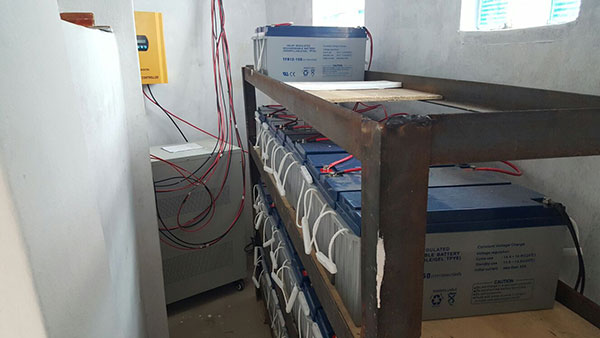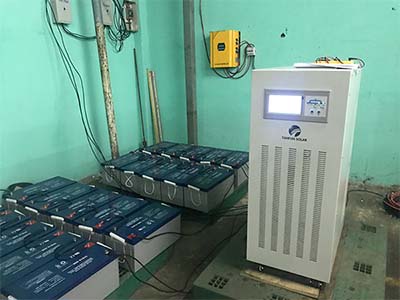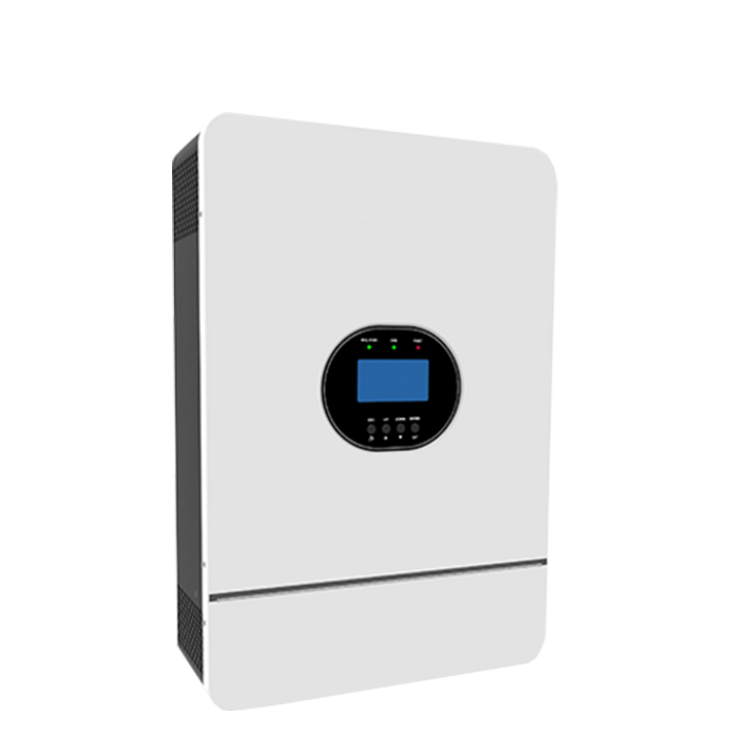 TANFON SOLAR
TANFON SOLAR
 September 05,2019
September 05,2019
There are many benefits to using a single solar inverter, the most prominent being simplicity and low cost. MPPT algorithm and other techniques have improved the efficiency of a single inverter system, but only to a certain extent.Depending on the application, the disadvantages of a single inverter topology can be obvious. Most prominent is reliability: as long as the inverter fails, all the energy generated by the panels is wasted before the inverter is repaired or replaced.
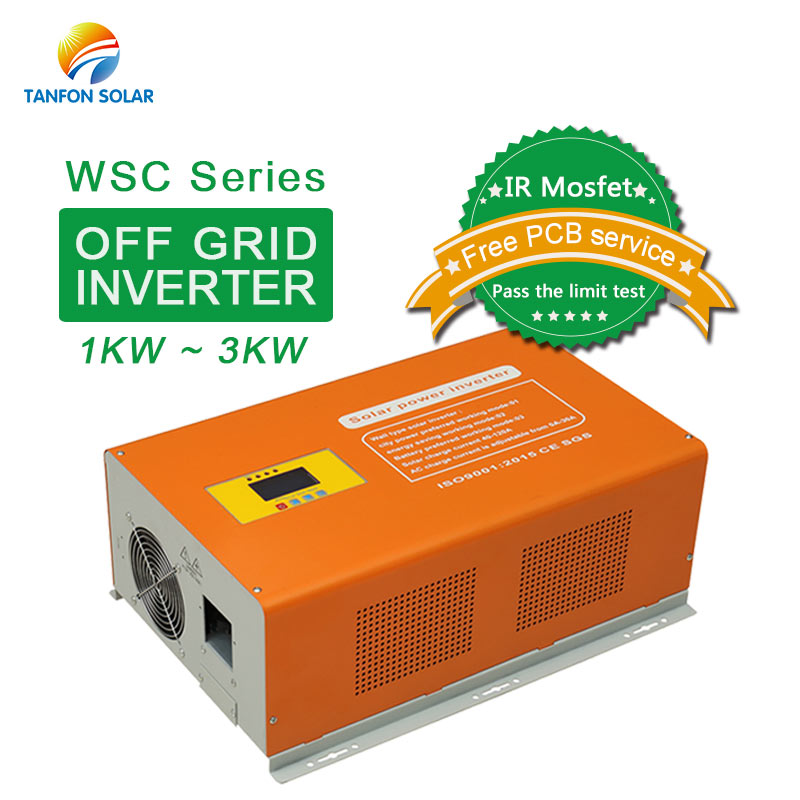
Even if the solar inverter works normally, the single inverter topology may have a negative impact on the system efficiency. In most cases, each solar panel has different control requirements for maximum efficiency. Among the factors that determine the efficiency of each panel are the manufacturing differences of photovoltaic cell modules contained in the panel, different ambient temperatures, and different light intensity (the original solar energy received) caused by shadows and orientation.
Having a micro inverter for each solar panel in the system will again improve the efficiency of the whole system, compared to using one inverter for the whole system. The main advantage of micro inverter topology is that energy conversion can occur even if one of the inverters fails.
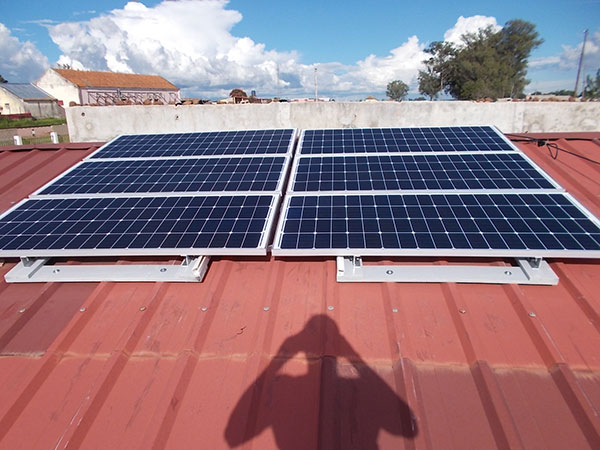
Other benefits of using micro inverters include the ability to adjust the conversion parameters of each solar panel using high resolution PWM.Since clouds, shadows, and shadows change the output of each panel, a unique micro-inverter for each panel allows the system to adapt to changing loads.This provides optimal conversion efficiency for all panels and the system as a whole.
Micro inverter architecture requires a dedicated MCU for each panel to manage energy conversion.However, these additional MCUS can also be used to improve system and panel monitoring.Large solar farms, for example, benefit from communication between panels to help maintain load balance and allow system administrators to plan ahead how much energy is available and what to do with it.However, to take full advantage of system monitoring, the MCU must integrate on-chip communication peripherals (CAN, SPI, UART, etc.) to simplify interfaces with other micro-inverters in the solar array.In many applications, micro inverter topology can significantly improve the overall efficiency of the system. At the panel level, efficiency is expected to increase by 30 percent, but the "average" percentage of system-level improvements doesn't make much sense because the applications vary widely.
